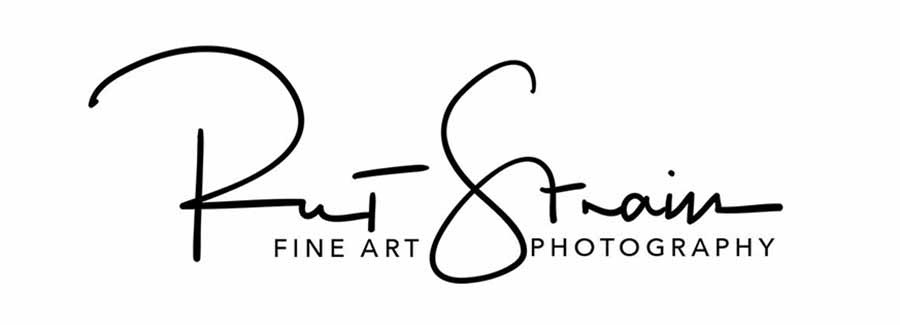FAQ
Why are your prints delivered matted?
I cut the smaller mats from archival materials. This is a nice way to protect both the face of the print and to keep the print laying flat. The added cost is very little compared to what you would pay at a frame shop. Our matted prints also have a white border which allows for signing and it acts as a separate frame on the print. Prints over 30” wide will require a frame shop for matting.
How do Open Edition Prints differ from Limited Edition prints?
The good news is that they can both look fantastic and many times you might not be able to tell a difference. Most of our Open Edition (labled “OE”) prints are printed on a pearl luster paper that is medium weight. An exception to this is that our metal prints may be on gloss paper. These papers have excellent color reproduction and longevity. Our Limited Edition (labeled “LE”) prints are on a heavy weight, archival cotton rag paper. This paper absorbs more ink, resulting in better depth of color and greater longevity. We may choose from a variety of paper textures to best represent the subject matter. Heavier papers tend to lie flatter in a frame. Larger sizes of Open Edition prints should be mounted to a backer board to insure they lie flat. You may not need to do this with a Limited Edition print. Rest assured, we does not make sense to skimp on paper products.
How do you determine photos that are sold as Limited Editions vs. Open Editions?
Great question! It can be a difficult choice. Limited Edition prints based upon the uniqueness of composition and light, the difficulty for other photographers to duplicate the image, and whether it represents defining styles very well. That does not mean there aren’t some special treasures among the Open Edition prints, which may be chosen simply because I do not want to limit sales or digital use.
What is the difference between your prints on metal and those I see in galleries?
Many artists choose dye sublimation ink printed directly onto coated aluminum. The colors on these prints look fantastic. This choice allows the photographer to offer metal prints at a lower price point because the thinner materials cost less. Many of these products are a single 1/16 inch thickness of aluminum. That means they can bend easily and and can make a good incision while hanging or if dropped on a body part. Dye sublimation inks are also less stable, are more susceptible to small defects and can chip on the edges. These prints are still an excellent choice when exposed to the elements (outdoors) or when frequent cleaning is necessary (medical environment). By printing on paper and mounting to aluminum Dicor we can choose the printing paper that is best matched to the image and we can use archival inks. My prints also have a Dicor backing, that is a resin sheet sandwiched between two sheets of aluminum. Yes, this adds cost, but it improves longevity and often enhances the results. If you absolutely need a print directly to aluminum, however, just let me know and I can adjust costs accordingly.
What is the difference between your stretched canvas frames and what painters use?
Most painters use a variety of coated canvas products (linen, cotton, acrylic) stretched over a half-inch thick pine frame. The finished original work is then mounted in a floater frame or thick frame with offsets, although the latter may still damage the edges of the artwork. A replica (Giclee) print of the finished painting could be printed just like a photographic print on canvas and stretched over a wood frame or it could be printed on paper. Both options are basically the way we do it for photography. A photographic print could also be placed in a recessed frame. So another way to say this is that a photographic print on canvas is equivalent to a Giclee print on canvas. What you must choose carefully is the framing material, particularly on larger prints. Inexpensive wood frames can split or warp. Straight grained, knot free wood should be used and larger frames should be braced. We always choose high quality framing material if you value your investment. Our larger canvas prints are shipped unstretched due to the potential for shipping damage to larger stretched prints. You will have these prints mounted by your local frame shop.
Why are your prints delivered matted?
I cut the smaller mats myself. This is a nice way to protect both the face of the print and to keep the print laying flat. The added cost is very little compared to what you would pay at a frame shop. Our matted prints also have a white border which allows for signing and it acts as a separate frame on the print. Both of these features will save you a considerable amount and there is very little cost added to the print. Prints over 30” wide will require a frame shop for matting.
